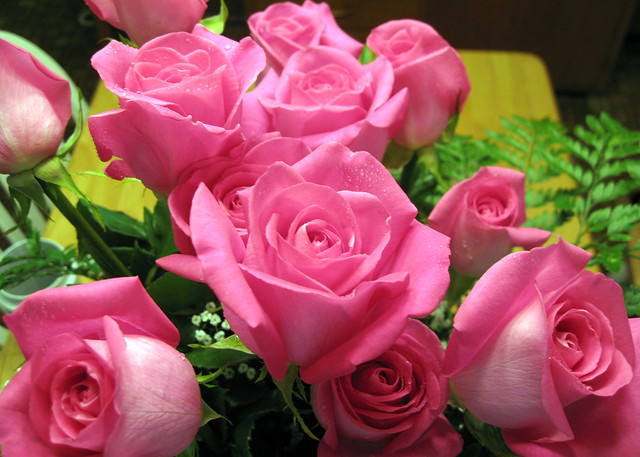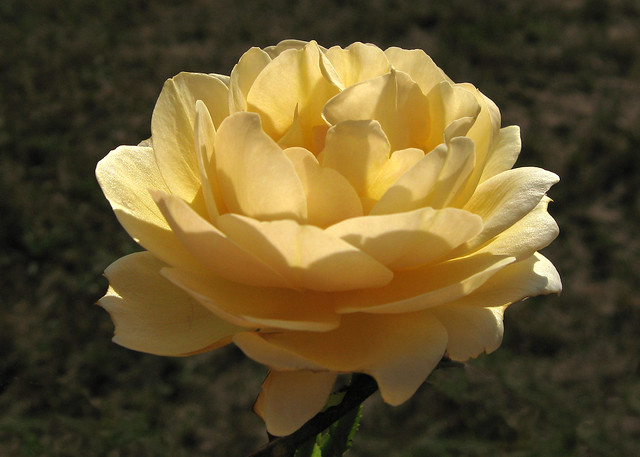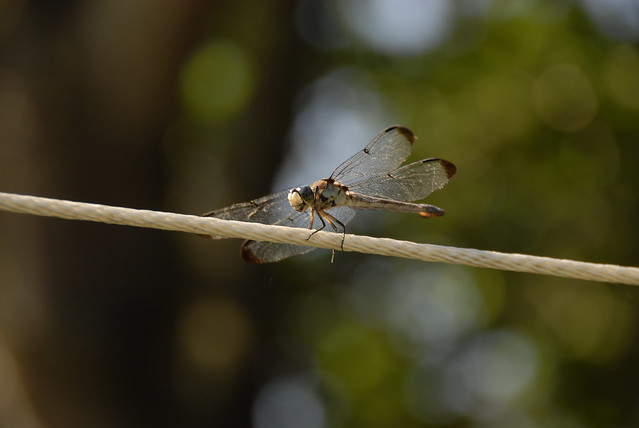Question by AMR: Can hyperfocus cause same effect as changing aperture?
In simple terms, I just want to take pictures where the person is clear and the background is blurry. I found a camera that has the hyperfocus on the lens. It looks like thats that I want. But a professional photographer I know, says no. He said I need to change the aperture to a higher setting. Why will that make a difference in what I want to accomplish?
Best answer:
Answer by Dr. Sam
The hyperfocal length is actually the opposite of what you want. It is the setting that maximizes the depth of focus.
You need to change the aperture to a larger size, which is numerically a lower setting.
Here’s my stock answer on depth of field…
It’s going to be darn hard to “de-focus” too much using a digital camera while keeping the main subject in sharp focus. The smaller the sensor, the greater depth of field you will have. Generally speaking, the smaller the camera, the smaller the sensor. Most of the pictures you take with a digital camera are quite sharp from near to far distances and there is a reason for that which I will explain.
While we speak in terms of the 35 mm equivalency of digital lenses, don’t forget that the digital sensors are usually smaller than a full-format 35 mm frame. Most of the more popular point and shoot cameras have the smaller sensors. It’s only about 5 mm wide and 4 mm high. The 3X lens required to cover that angle of view is an ACTUAL 6-17 mm zoom lens. At these focal lengths, the background is going to almost always be in pretty sharp focus.
In other words, if you WANT to defocus the background, you are going to have to work pretty hard at it. You would have to zoom to the longer end of the lens and set the aperture open as wide as it will go, if your camera even allows you to control the aperture, and get pretty close to your main subject while having the background a fair distance away.
Put your subjects quite a distance in front of any background that will be visible in your photo. You could use a garden of flowers and stand your subjects 20 yards or so in front of them. Try the portrait mode to shift things towards a larger aperture, zoom the lens out all the way, and move YOURSELF backwards or forwards in order to frame the picture as you would like it. In summary, you want to use a longer telephoto length, position yourself as close as you can to the main subject to compose properly, and place the main subject as far from the background that you wish to have out of focus as you possibly can.
The bigger the sensor, the easier it will be to achieve pleasing bokeh. This means moving to a dSLR, which all have sensors about 20 times bigger than the typical P&S digicam. If you want to really go for brokeh (very bad pun intended), you can get a Canon 5D and you will get exactly the same effect you are accustomed to in a 35 mm camera, since the sensor is the same size as 35 mm film.
Here is an example with a point and shoot camera, although it does have the larger sensor (1/1.8″) that makes it easier to blur the background. Even though this is macro mode and f/2.8, where the background should blur the most, it’s not terribly blurry because it’s relatively close to the subject.
Here is an example with a point and shoot camera, so it CAN be done. The background is much farther away, though, and this is the larger sensor size.
Compare that to this image, though, which has a similar subject-to-background distance. The SLR has the obvious advantage.
Wikipedia does pretty well on the subject of depth of field. See: http://en.wikipedia.org/wiki/Depth_of_field
See also: http://www.photo.net/learn/optics/dofdigital/
See also: http://www.flickr.com/groups/dof/
MY DEMO ON FLICKR
===================================
Go to this link and click on the first image, called “Fake Flowers 1.” Then you can just click on each successive image in the set. You can read the comments to see what is going on and then you can just page through the demo left-to-right (1 to 5) and back again to compare the effects of the larger sensor or better lens.
http://www.flickr.com/photos/samfeinstein/sets/72157603455598439/
Add your own answer in the comments!










Listen to the pro, but better yet, do a test.
Focus on your subject (fill the frame with it) and shoot at your largest opening (f/2.0 or f/2.8), stopped half way down (around f/8 and stopped down all the way (f/16 or f/22)
This will work the best when using a lens that is at least 100mm.
Here is a link that will help you.
http://www.kenrockwell.com/tech/bokeh.htm